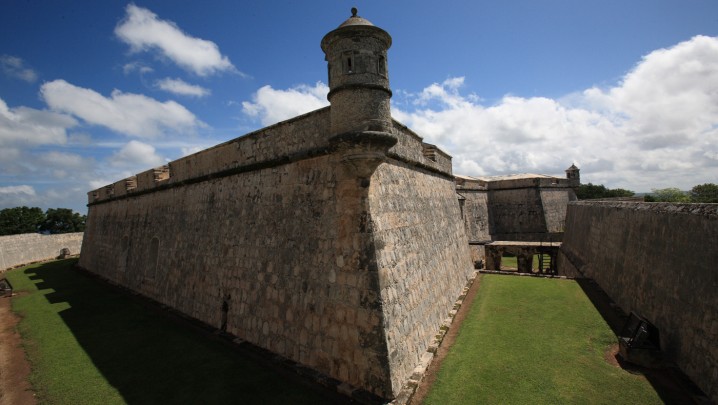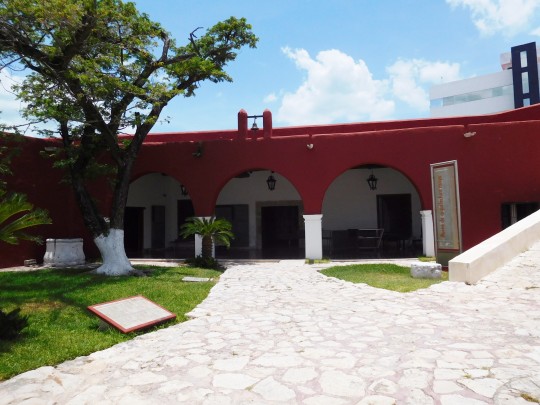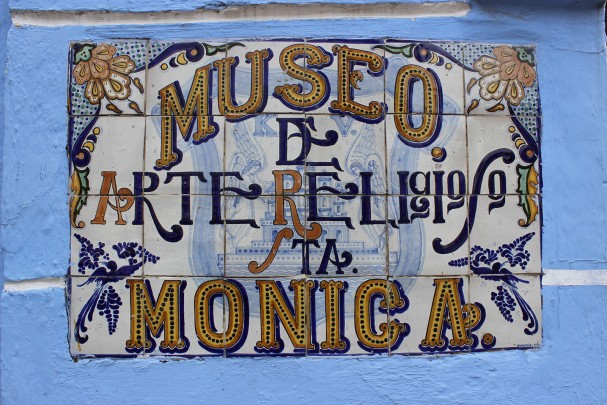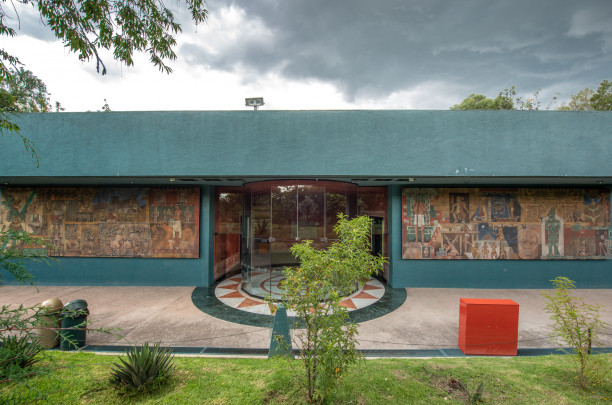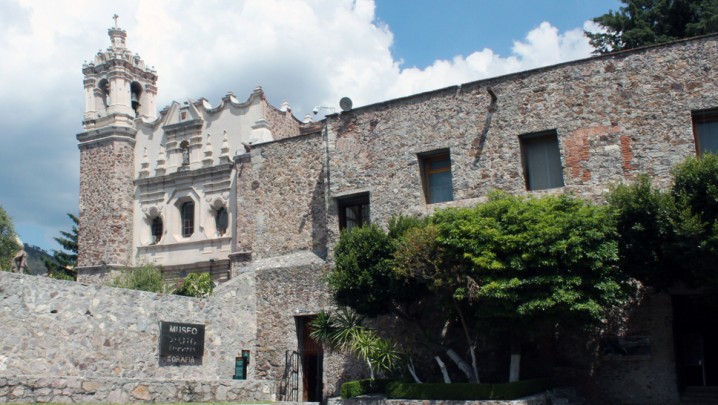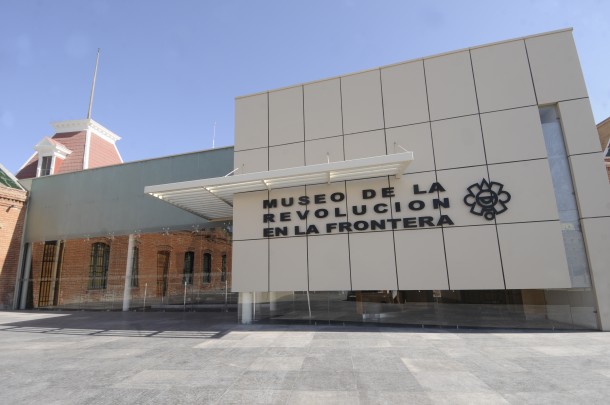INAH Museums Network
128 Museums
Local
In one of the mightiest forts of the vice-royal period, dating from the late eighteenth century, this museum is now home to two unique collections: the funerary jade masks of Calakmul, and the funerary ceramic figures of Jaina. In addition, there are some remarkable Mayan stone sculptures. The architecture and splendid collections of the Fuerte de San Miguel were among the main reasons why the city of Campeche was listed by the UNESCO as a World Heritage Site in 1999.
Campeche
Local
The fort of San José el Alto in Campeche, built for defence against the English, which also resisted sieges by the Yucatecans and the French, today contains an important collection of archaeological objects submerged in marine waters of the Gulf of Mexico and the Mexican Caribbean. In addition, the museum exhibits a collection of antique historical arms from the 16th to the 19th centuries, a rare cannon salvaged from the sea and scale models of famous ships.
Campeche
Local
This magnificent coastal fort, completed in 1692, is one of the oldest in New Spain. It houses an outstanding collection of Mayan architecture and sculpture from the Petén, Rio Bec, Chenes and Puuc regions of Campeche State. It formed part of the city of Campeche’s nomination as a UNESCO World Heritage Site in 1999.
Campeche
Historic place
The first museum dedicated to female monastic life during the seventeenth to twentieth centuries. The objects in the collection reflect a variety of customs and roles. There is a fine collection of paintings by renowned artists.
Puebla
Metropolitan
College of San Ángel and temple of the Order of Discalced Carmelites from the 17th century is the work of a notable architect of the viceroyalty. It has a collection of New Spanish painting and sculpture, 12 mummified bodies, as well as a collection of wax dances, the work of the cultural manager and sculptor of the 20th century, Carmen Carrillo Martínez.
Ciudad de México
Local
Situated in the modern Metropolitan Cultural Space of Tampico, the Huastec Culture Museum displays the development of the Tenek, Nahua, Pame, Otomi and Tepehua peoples from the earliest times to the present. Nearly 2,000 pieces from six Mexican states tell the story in spectacular fashion.
Tamaulipas
Archeological site
Located at one of Mexico’s most important archeological sites, this museum displays more than 600 objects made from stone, wood, bone, shell, and obsidian from over the ten centuries the city lasted. The final “exhibit” is none other than the Pyramid of the Sun itself, framed in a great picture window.
Estado de México
Local
The venerable seventeenth-century former monastery of San Francisco in Pachuca houses an extremely rich collection of images from the nineteenth century onwards, featuring historical events, daily life, landscapes and visual essays. There are important collections of Tina Modotti, Nacho López, Guillermo Kahlo, and not least the collection amassed by Agustín Víctor Casasola.
Hidalgo
Historic place
A famous building because, in 1909, the meeting of Porfirio Díaz and William Taft, President of the USA, was held here. It also served as headquarters for General Madero in 1911, for Francisco Villa in 1913 and Venustiano Carranza in 1914. It has a collection of photographs of the Maderista uprising taken by reporters from El Paso.
Chihuahua

